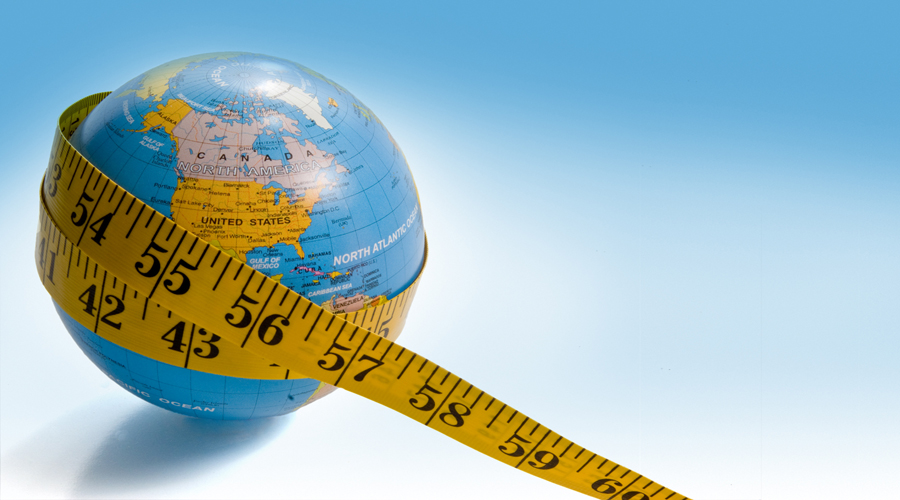According to a new report from the Centers for Disease Control and Prevention, almost 40 percent of American adults and 18.5 percent of adolescents are obese — the highest rates ever recorded for the U.S.
Those numbers are a slight increase from the last report but the difference is so small that it could have occurred by chance.
Obesity means having a body-mass index of 30 or over, whereas a BMI of between 25 and 29.9 earns the classification of “overweight.”
One in five adolescents, ages 12–19; one in five kids, ages 6–11, and and one in ten preschoolers, ages 2–5 are considered obese, not just overweight. Worrisome to experts is the rate for children and teenagers, which had hovered around 17 percent for a decade. The 2-to-5 age group had the biggest rise.
Overall, 70.7 percent of Americans are either overweight or obese, meaning that an unhealthy weight has become the norm, with normal weight Americans — a BMI of less than 25 — now in the minority.
In adult Latinos and non-Hispanic blacks, obesity rates for 2015-2016 were 47 percent and 46.8 percent , respectively. Some 37.9 percent of non-Hispanic white American adults were obese in the latest tally. Among non-Hispanic Asian adults, obesity rates were at 12.9 percent.
The racial and ethnic disparities were heavily driven by women: while white men and women were equally likely to be obese, rates of obesity in black women (54.8 percent) and Latinas (50.6 percent) were strikingly higher than among their male counterparts (36.9 percent and 43.1 percent, respectively).
The new measure of the nation’s weight problem, released early Friday by statisticians from the Centers for Disease Control and Prevention, chronicles dramatic increases from the nation’s obesity levels since the turn of the 21st century.
Adult obesity rates have climbed steadily from a rate of 30.5 percent in 1999-2000 to 39.8 percent in 2015-2016, the most recent period for which data were available. That represents a 30 percent increase. Childrens’ rates of obesity have risen roughly 34 percent in the same period, from 13.9 percent in 1999-2000 to 18 percent in 2015-2016.
In the period between 1976 and 1980, the same national survey found that roughly 15 percent of adults and just 5.5 percent of children qualified as obese.
The World Health Organization (WHO) warned this week that the number of obese kids and adolescents has risen tenfold over the last four decades, around the world.
















